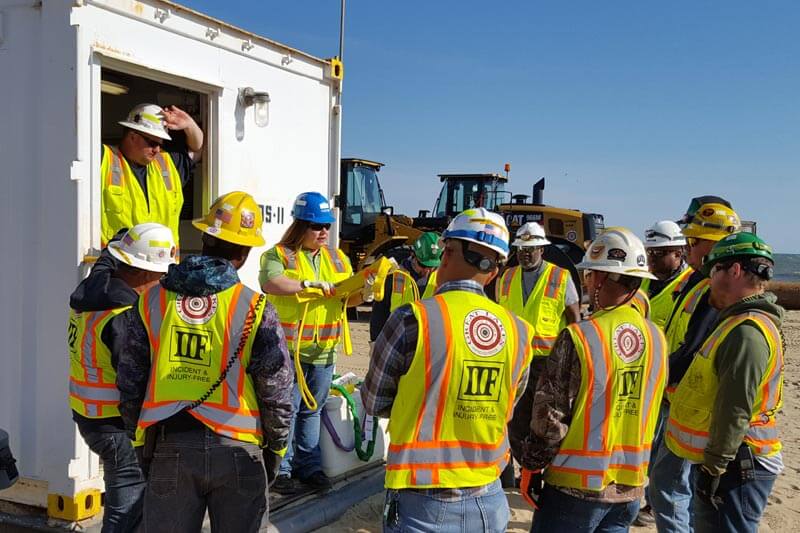Great Lakes Dredge & Dock Company
JMJ’s Incident and Injury-Free approach complimented existing policies and procedures to create a culture that embraces safety practices.



JMJ’s Incident and Injury-Free approach complimented existing policies and procedures to create a culture that embraces safety practices.
Dredging contractor companies typically experience high turnover of hourly employees. Great Lakes Dredge & Dock Company (GLD&D) was no different; however, it had a core team of valuable long-term hourly employees, which it wanted to retain. GLD&D was committed to developing and cultivating deeper relationships with these employees, in an effort to maintain an experienced, high-quality workforce and to improve workplace safety.
JMJ’s IIF program complemented GLD&D’s existing policies and procedures. As such, the integration of JMJ’s service with GLD&D’s processes was natural, resulting in a powerful set of tools for promoting safety and improving personal relationships. JMJ helped leadership understand how the quality of relationships, interactions and communication impact safety. With JMJ’s guidance and tools, GLD&D’s leadership teams embraced the value in talking more openly and honestly about its policies, and daily workplace risks and challenges, both with each other and its employees.
The leadership teams now feel better connected and in sync and, in turn, more effectively communicate with their employees, specifically reinforcing their value and importance to the company. Considering that the hourly employees travel extensively, more than 50 percent of the time, management became aware that a key to retaining an experienced, committed workforce is to ensure that they feel appreciated, respected and well-compensated. Work schedules, workplace conditions and compensation are now more closely examined and adjusted, as necessary.
Weekly safety workshops used to be somewhat canned, ineffective and allowed for little interaction. Meetings are now interactive—a productive exchange of information and ideas rather than a staged lecture.
In this transformed environment, the hourly employees now offer suggestions on ways to improve and refine policies, which didn’t happen in the past. This active involvement results in both better safety practices and improved relationships between the leaders and employees.